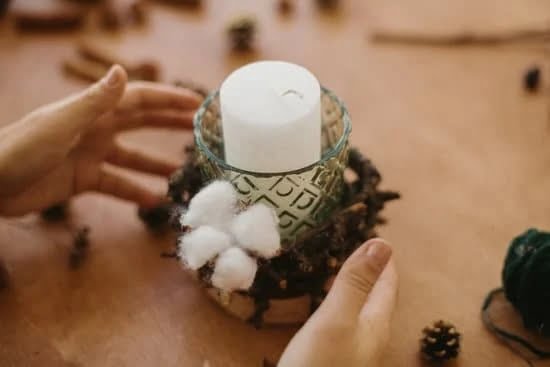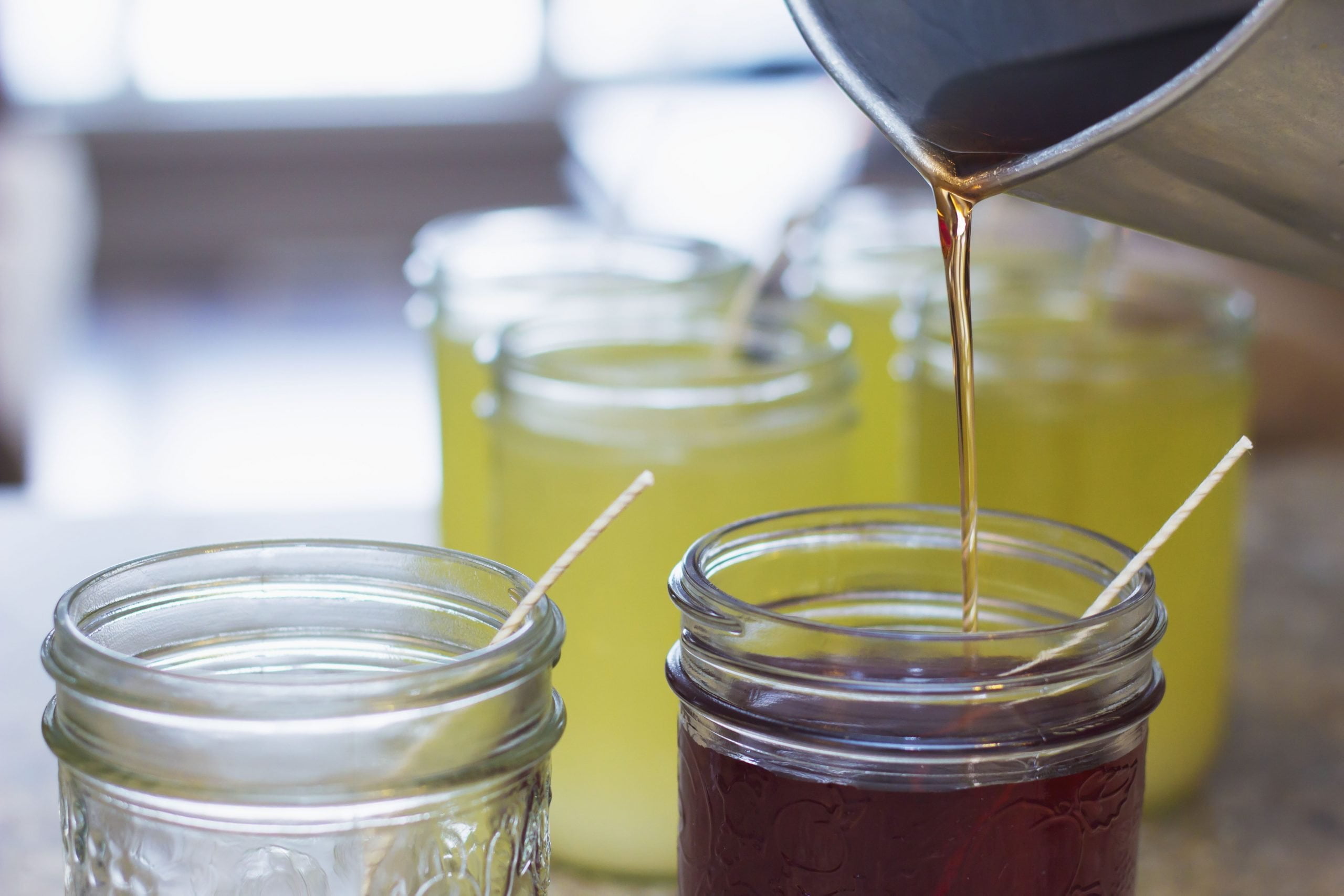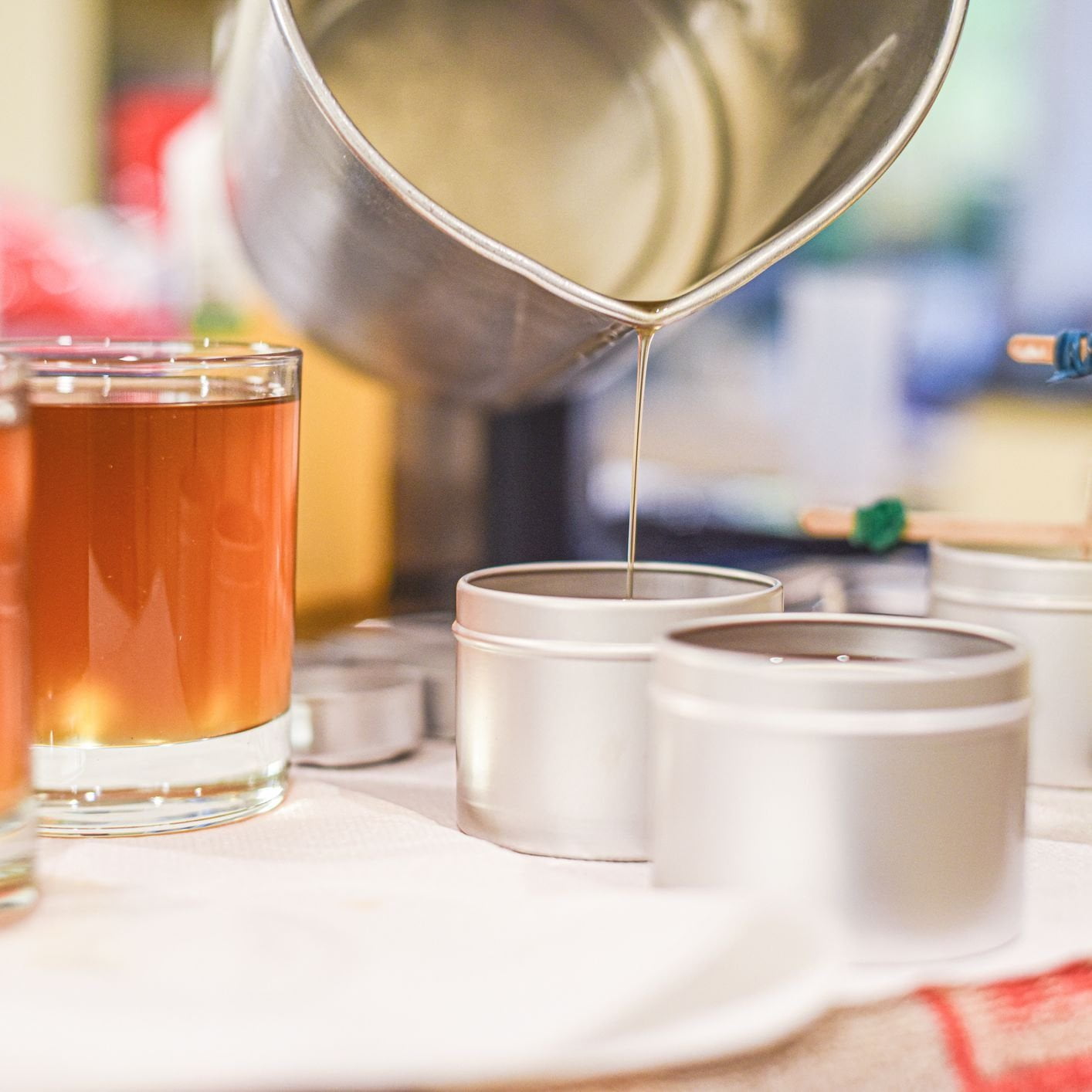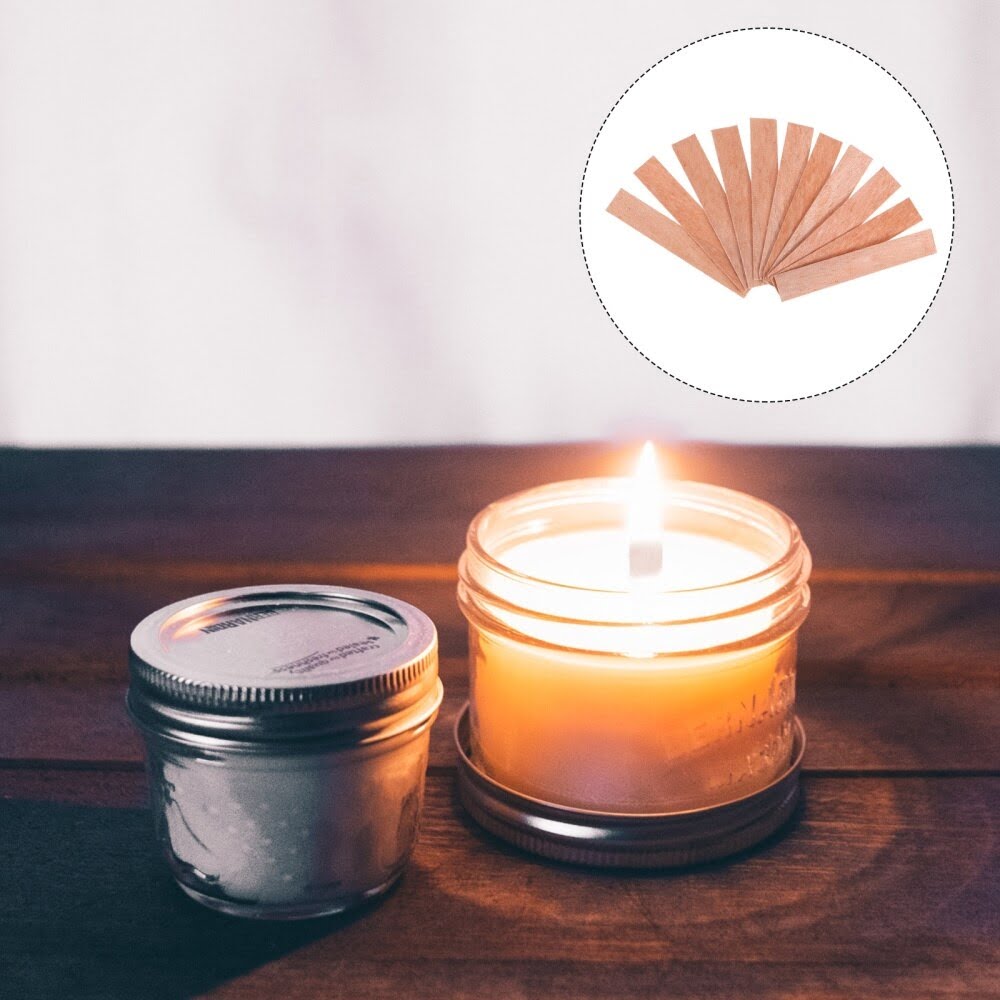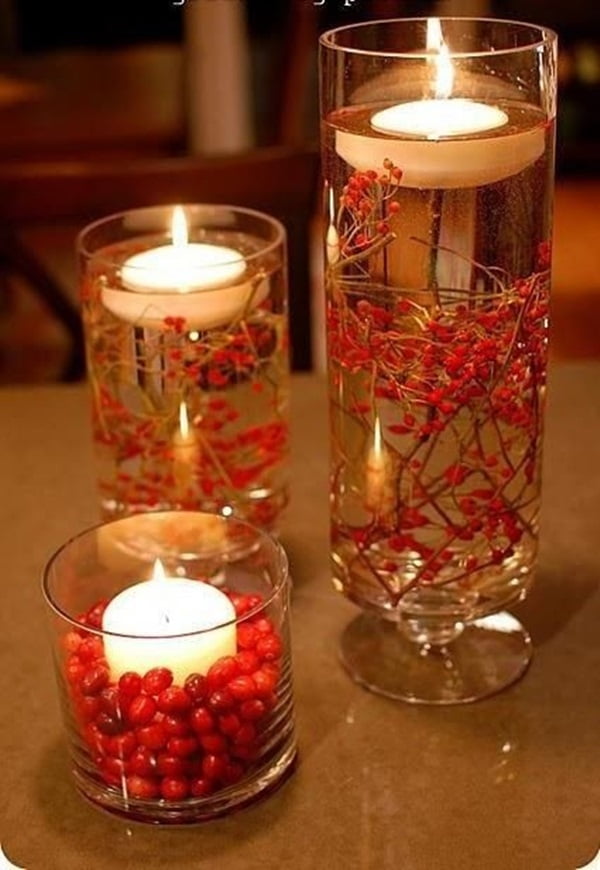Introduction to Beeswax Candle Making
Beeswax Candle Making is an exciting and enjoyable process. To get started, you will need a few items such as beeswax sheets, a melting pot or double boiler, parchment paper, wicks and molds (optional). Depending on the temperature of your environment, you should choose the correct size of wick, as it determines how well your candle burns. Other tools such as scissors and a knife may also be useful.
There are many types of beeswax available ” from the purest beeswax to blends of other natural waxes like soy or coconut. The type of wax chosen can affect burning time and intensity of the flame. Beeswax candles have been found to have great health benefits due to their rich scent and lack of chemical additives. Burning these candles can purify the air by releasing negative ions which help neutralise allergens in the air. There is also evidence that suggests that these candles can boost energy levels by helping to restore mental alertness when burned in a room with low oxygen.
Additionally, beeswax has environmental advantages over many synthetic materials – they are biodegradable and renewable so they minimise waste going into landfill whilst helping to support bee populations. They also produce less soot when burned than paraffin candles.
By following tutorials or instructions carefully particular to making beeswax candles it’s relatively easy for beekeepers or hobbyists to make high quality products for personal use or for sale in local markets or even online stores. Troubleshooting any issues is always a good idea but then troubleshooting in candle making is relatively easy – depending on the issue there are appropriate adjustments that can always be made like trimming wicks that are too long or changing out poor moulds if one’s candles aren’t coming out as desired/expected!
Common Beeswax Candle Making Challenges
1. Fading Color: This is a common issue when making beeswax candles and is most often due to either too much heat or not enough heat during the cooling process. Likely causes include insufficient wax melting, burning the wick too hot, or using too low of melting temperatures.
Scenarios such as these can lead to faded or discolored candles. To correct this problem, try increasing temperatures gradually and slowly until candles reach the desired color. Additionally, make sure that the wick length is appropriate for the candle’s size and use an appropriate type of wick for potentiall inducing smoke-free burning.
2. Poor Structure: Issues with candle structure are often caused by wax or wicking material that has been exposed to excessive amounts of humidity or environments with extreme temperature fluctuations prior to being used in candle-making. Additionally, if pouring temperature has been set too low while making candles this will cause poor structure as well.
Common scenarios where issues with structure might arise include candles being exposed to humid conditions before burning, working in a room with inconsistent air circulation (such as near an open window), working at improper temperatures in regard to melting beeswax (too cool or too hot), or when adding ingredients that are overly moist by design (such as replacing part of a wax blend with honey). To fix this challenge, avoid using damp materials and select ingredients specifically designed for beeswax candles. Furthermore, follow provided instructions explicitly on melting temperatures and ensure proper ventilation in workspace while creating candles.
Troubleshooting Beeswax Candle Making Issues
Identifying Problems:
When troubleshooting beeswax candle making issues, it is important to identify the source of the problem first. Issues with colour, scent, texture or soot extinguishing can easily be identified by peeking at the wick or burning the candle. If you notice discolouration or scorching around the wick then this could point to an issue with a low melt temperature being used. Check your Pyrex thermometer and re-melt the wax if necessary. If soot is present it could be due to a lack of oxygen in the room or using high levels of fragrances or dye. In addition, candles that don’t stay lit are often caused by a draft in the room. To identify these types of issues take into consideration room ventilation and prevailing winds in addition to wick size for container candles.
Solving Problems:
Once you have identified any potential problems, it is important to address them as quickly as possible in order to prevent further problems from occurring in future. For example, if your candles are coming out discoloured try reducing your melt temperature slightly and adding extra pigment (or whichever colourant you are using). For candles that are releasing too much soot, reduce your fragrance/dye load and increase airflow around the table where your candles are burning. Additionally try shortening the length of both sides of each wick for better burn when lighting up container candles – just remember it should always remain above a half inch long!
Preventing Future Issues:
There are several things you can do prior to starting a new batch in order to help avoid future candle-making issues altogether. Firstly make sure you measure each ingredient accurately ” too much dye/fragrance can easily lead to poor burning qualities such as excess sooting! Secondly use mould release spray on containers before pouring wax into them; this will reduce any risk of melted wax not being able to conform to its desired shape after cooling down due too poor adhesion or shrinkage during release from moulds/containers etc.. Additionally make sure all equipment used is clean before beginning and check your wax temps regularly with a Pyrex thermometer ” remember – optimal molten temperature for beeswax should usually be between 150-175 degrees Fahrenheit/66-79 Celsius
Tips to Improve Beeswax Candle Making Success
1. Select the best type of wax: Consider factors such as quality, sustainability, and ease of melting.
2. Clean and care for the candle making equipment: Wipe the equipment with a damp cloth to remove dust and debris, lubricate the area around the burning wicks, clean any dripping wax residue, and store the equipment in a cool dry place.
3. Use professional-grade wax and wicks: This will ensure consistent quality and perform better than consumer-level products.
4. Use molds or special shapes: This adds an artistic touch to your candles making them unique and visually pleasing.
5. Add scent to the candles: Using essential oils or fragrance oils makes a difference in the aroma of your candles while adding decorative appeal when they are not burning.
6. Ensure uniform melting: Use double boilers or wax melters specifically designed to regulate temperature when melting beeswax; this helps prevent scorching or other forms of uneven melting that may compromise the end product’s quality over time.
7. Experiment with different types of waxes and containers for versatility in designs: Beeswax alone can provide many options for design, size, shape, color, etc., but adding other types of waxes such as soy or tallow can enhance design possibilities even further. Keep a variety of jars and containers so that you have multiple options for creating candles sized from two ounces all eight ounces respectively .
8 Maintain safety at all times: Wear gloves to protect hands from heat burns while handling hot wax/oil mixes; never leave burning candles unattended; keep all flammables away from open flames; blow out candles before leaving room/area where they are being used; keep area free of clutter in case of accidental spills/drips; require that children be supervised by an adult when near lit candles; use caution as to where you place lit candles (away from drapes/flammable surfaces).
Conclusion
Conclusion:
Beeswax candle making is a wonderful, creative art. By following the basic guidelines and troubleshooting tips discussed above, you can create candles that are beautiful, safe, and pleasant to burn. When buying beeswax make sure it is 100% pure and has a nice golden yellow color. Purchase additional items such as wicks, molds, fragrances, colored dyes and other applicable materials before starting. Safety is key when candle making; so be sure to read all instructions for supplies being used and never leave burning candles unattended. Experimentation with different scents and types of wax can help in designing unique candles for the desired application or ambiance. Not only does Beeswax Candle Making allow you to get creative but it will also provides you with lasting enjoyment from the quality of your finished product!

Welcome to my candle making blog! In this blog, I will be sharing my tips and tricks for making candles. I will also be sharing some of my favorite recipes.

